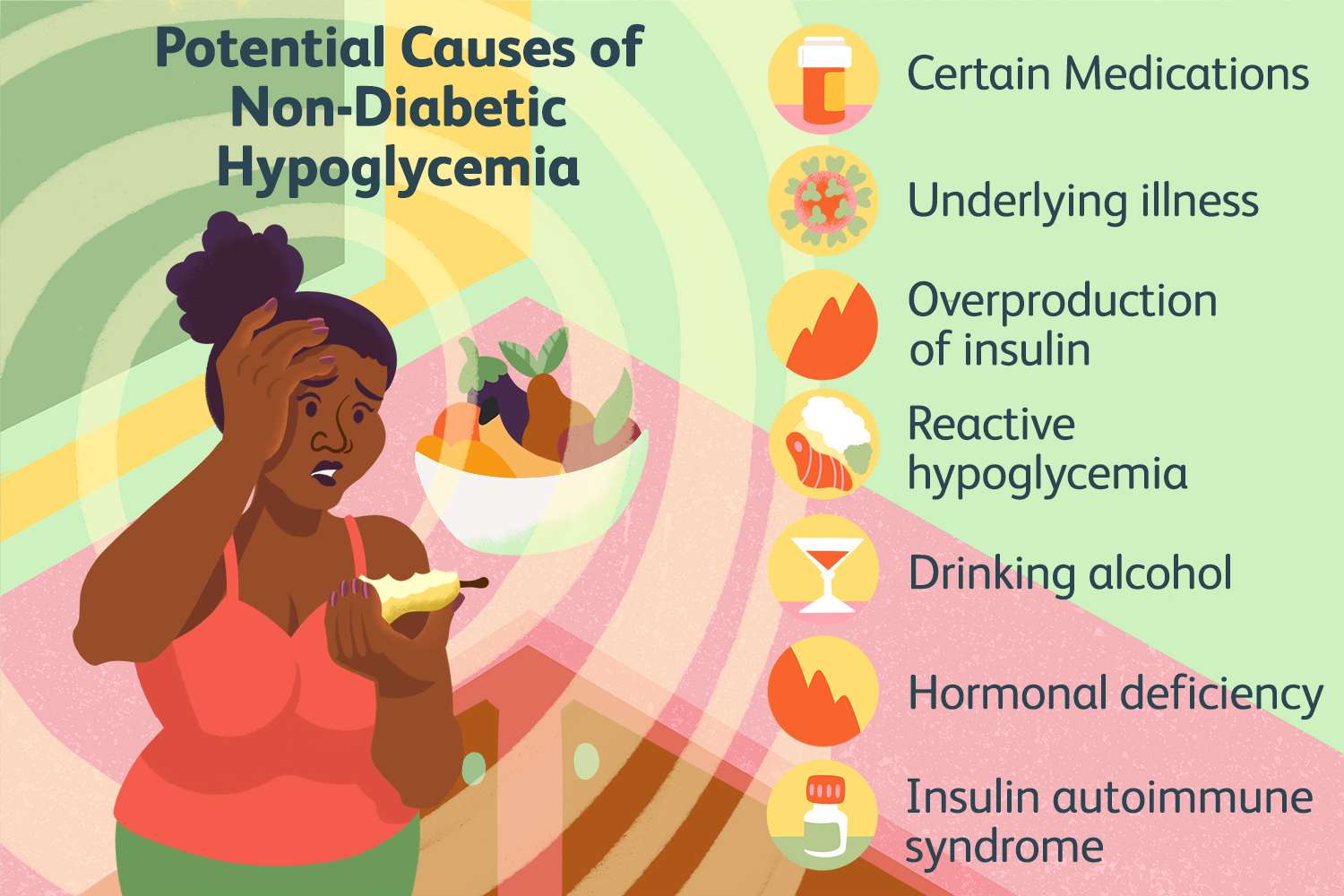In recent years, there has been a growing interest in incorporating more diverse and nutrient-rich grains into our diets. One such grain that has gained popularity for its health benefits is ragi, also known as finger millet. Ragi is a staple in many parts of India and Africa and has been consumed for centuries. Ragi roti, a flatbread made from ragi flour, is not only delicious but also incredibly nutritious. In this article, we’ll delve into seven primary reasons why ragi roti is a healthy addition to your diet.
- Nutrient-Rich Profile:
Ragi is packed with essential nutrients. It’s a rich source of calcium, iron, fiber, and amino acids. These nutrients play crucial roles in bone health, hemoglobin production, digestion, and overall well-being.
- Low in Calories:
Ragi roti is naturally low in calories, making it an excellent choice for those looking to manage their weight. The high fiber content in ragi helps keep you feeling full for longer, reducing overall calorie consumption.
- Gluten-Free and Easily Digestible:
Ragi is gluten-free, making it suitable for individuals with gluten sensitivities or celiac disease. Additionally, ragi is easily digestible, which can be beneficial for those with digestive issues.
- Controls Blood Sugar:
Ragi has a low glycemic index, which means it releases sugar into the bloodstream slowly. This can help stabilize blood sugar levels and is particularly advantageous for individuals with diabetes.
“Boosting Fiber Intake: 9 Expert-Backed Tips for a Healthier Diet”
- Rich in Antioxidants:
Ragi is packed with antioxidants, including phenolic compounds and flavonoids. These antioxidants help protect cells from damage caused by free radicals, reducing the risk of chronic diseases.
- Heart Health:
The presence of dietary fiber, magnesium, and potassium in ragi contributes to heart health. These nutrients help regulate blood pressure and reduce the risk of heart disease.
- Enhances Bone Health:
Ragi is one of the best plant-based sources of calcium. It also contains vitamin D, which aids in calcium absorption. Consuming ragi roti can contribute to stronger bones and help prevent conditions like osteoporosis.
FAQs About Ragi Roti:
How can I prepare ragi roti at home?
You can make ragi roti by mixing ragi flour with water and kneading it into a dough. Then, roll out the dough into flatbreads and cook them on a hot griddle or skillet until they are browned and cooked through.
Is ragi roti suitable for weight loss diets?
Yes, ragi roti is a great addition to weight loss diets due to its low-calorie content, high fiber, and ability to keep you feeling full.
Can I substitute ragi flour for wheat flour in recipes?
Yes, you can often substitute ragi flour for wheat flour in recipes, but keep in mind that ragi has a unique flavor, so the taste and texture may differ slightly.
Are there any side effects of consuming ragi roti?
Ragi roti is generally safe to consume. However, some individuals may experience gas or bloating if they are not used to consuming high-fiber foods. It’s essential to drink plenty of water when adding ragi to your diet to help prevent such discomfort.
External Links for Further Reading:
- Nutritional Benefits of Ragi
- Ragi Recipes and Cooking Tips
- Ragi for Diabetes Management
- The Health Benefits of Gluten-Free Foods
- The Role of Antioxidants in Health
Ragi roti is not just a delicious and versatile flatbread; it’s a nutritional powerhouse that offers a wide range of health benefits. Whether you’re looking to improve bone health, manage your weight, or stabilize blood sugar levels, ragi roti can be a valuable addition to your diet. So, why not explore the world of this nutritious grain and enjoy the tasty and healthful benefits of ragi roti?











